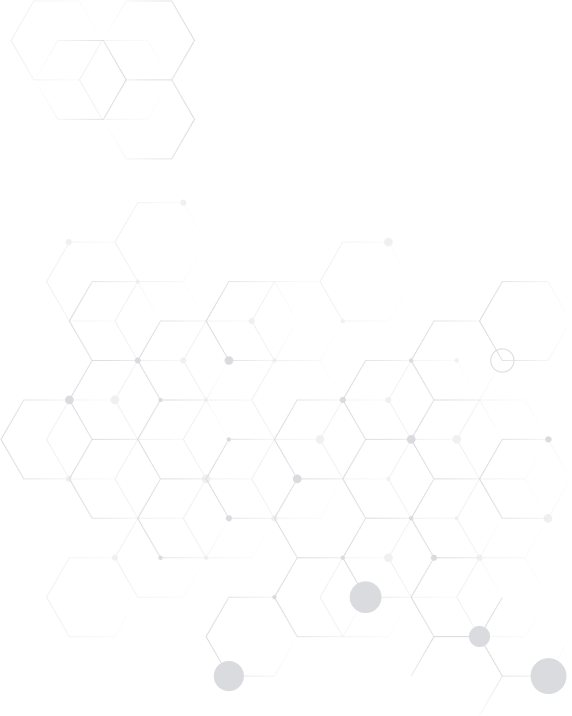Wetropa editorial team
Conventional packaging solutions often have a suboptimal environmental and climate footprint. In order to improve this, various strategies ranging from the reduction of packaging material to the multiple use of packaging and closed-loop plastic recycling have proven successful.
A novel and particularly sustainable solution for packaging goods is foam packaging made from recycled materials. They consist in part of recycled plastic granulate, thus helping the environment and paving the way towards a circular economy.
Foam packaging made from recyclates - the most important contents at a glance.
- Novel foam packaging made from recyclates is an important component of closed-loop recycling systems in packaging technology.
- Innovative technologies and recycling processes enable high recycled content in foam packaging.
- Modern and gentle processes are used to maintain the quality of the plastic granulate during recycling.
- Due to their recyclability, foam packaging made from recyclates promises an optimal eco-balance and helps the environment.
With recycled foam packaging to a functioning circular economy.
For the recycling of plastics and foams to make sense, applications are needed for the granules produced in the recycling process. One of these applications is the production of recycled foam packaging, which retains its protective and cushioning properties during material recycling.
When high-quality, durable packaging has reached the end of its useful life, its material can be shredded, processed and then returned to the circular economy in the form of a recyclate. This creates a closed-loop recycling system of foam packaging.
What is a closed-loop recycling system?
A closed-loop recycling system is a circular economy process in which the collected waste from a product is used to be made into something new. In this way, recycling comes full circle.
How does packaging waste become sustainable foam packaging?
Foam packaging made from recyclates uses the waste from plastic products as raw material. The supposed plastic waste is thereby subjected to a special process so that it does not lose quality in the recycling process and can be reprocessed into high-quality packaging.
In this process, the waste is first separated by type and coarsely shredded, after which nothing stands in the way of regranulation, i.e. processing the foams into plastic pellets.
Expert Tip:
Modern and gentle processes are needed to produce high-quality recyclates. Instead of thermal or chemical methods, which would mean downcycling the starting material, mechanical recycling is state of the art. In this way, quality losses are avoided and recycling can be repeated as often as required.
Conclusion
New types of foam packaging made from recyclates are the future of packaging technology, after all, they prevent the generation of packaging waste. On the contrary, they even actively ensure that discarded plastic and foam products are recycled.
For recycled foam packaging to actually help the environment, it must be properly regranulated and further processed.
FAQ -frequently asked questions about foam packaging from recyclates
Foam packaging is environmentally friendly if it is either durable and reusable or recyclable at the end of its life. Foam packaging that is largely made of recyclates, i.e. recycled foams, is particularly sustainable.
Foam packaging is recycled by regranulation. In this process, the packaging is processed into plastic granulate after processes of sorting and shredding. This recyclate can be processed into new foam packaging.







